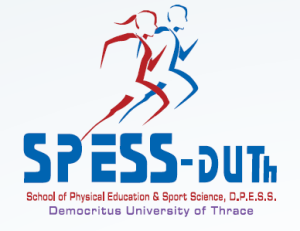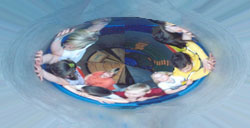Research Paper
Kalliopi Trouli11, Michalis Linardakis1.
1Department of Preschool Education, University of Crete, Greece
ktrouli@uoc.gr
Abstract:
The study aims to explore the correlation between gross and fine motor skills and graphomotor skills of preschool children. It examines the relation of three factors of fine and gross motor skills, namely fine motor precision and integration, bilateral coordination and balance, and upper-limb coordination and agility respectively, with several factors of graphomotor skills, namely pencil and scissors manipulation, writing space orientation, handwriting control, figure reproduction and concepts about space. The sample consisted of 166 preschoolers (mean age in months 66.01, sd. 7.16), from public kindergartens in Crete, Greece. A path model that examines the relation between gross and fine motor skill factors along with graphomotor skills, with age and gender being considered, showed an acceptable fit. According to the model, upper-limb coordination and agility influence bilateral coordination, which, in turn, influences fine motor precision and integration. All five factors of graphomotor skills are influenced by fine motor precision and integration, with handwriting control having the largest influence, followed by figure reproduction. This model shows the importance of gross and especially fine motor skills on the handwriting readiness of preschool children and the significance of their reinforcement in kindergarten.
Keywords:
Motor development, handwriting
Download (pdf, 547kb)






